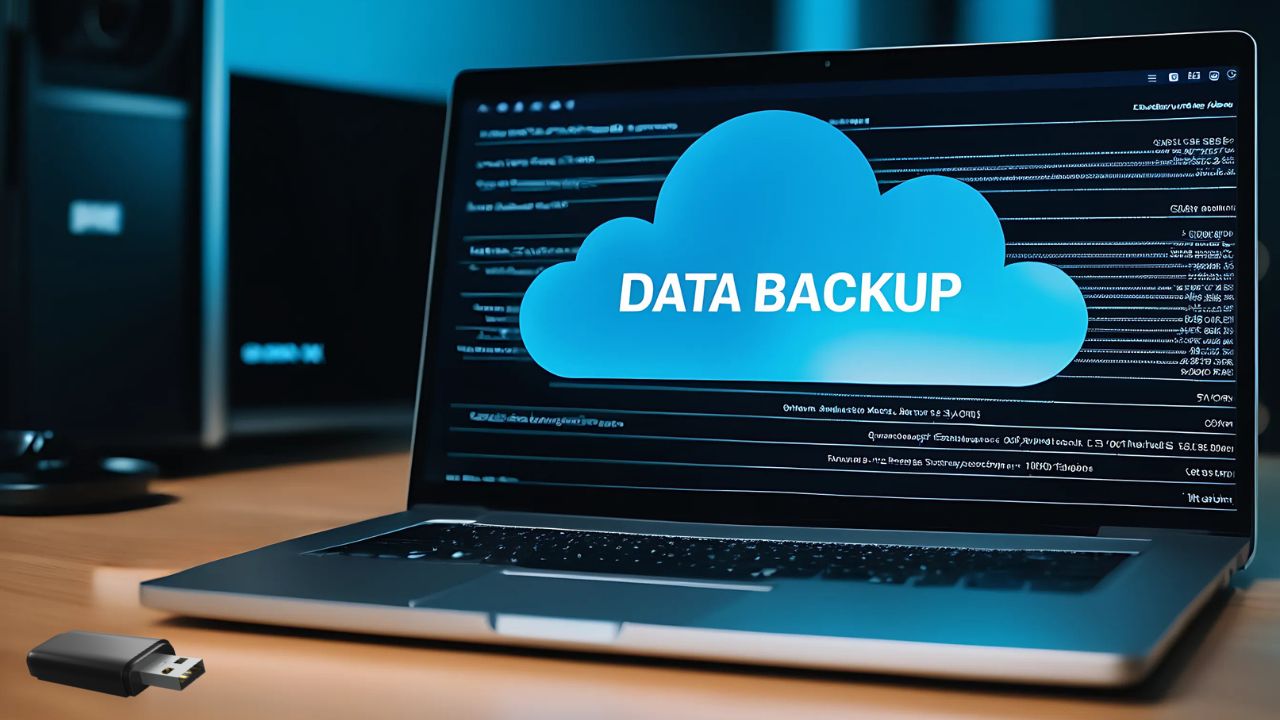There are many risks that pose a threat to computers. Unfortunately, many of them are becoming more sophisticated and might result in significant data loss. Accidents that can happen to a computer (or just a part of it) are also varied. The question is not whether a certain computer problem will happen, but rather – when it will happen. It is extremely important to know, how to do the best data backup and keep your precious data safe.
What are the Main Reasons for Data Loss?
There are many: from malware attacks, through hardware failures, unintentional deletion of files, to more recent attacks with blackmail software. Malware attacks are particularly inconvenient because in a very short time they may be able to irretrievably encrypt not only files stored on local disks in the computer, but can even rapidly expand over the network and encrypt everything available to them.
For all these reasons, it has never been more important to backup data regularly.
Backup is one of the basic activities that everyone should take quite seriously and by no means avoid. Making copies of your data ensures that you will be able to access them. Otherwise, when an accident does occur, the person exposed to it will have no choice but to face the loss of the most important thing on the computer – their valuable data.
The 3-2-1 Data Backup Strategy – the best data backup
There are many strategies and principles underlying regular backups. Among all of them, the most popular strategy is popularly called the 3-2-1 data backup strategy.
This strategy considers that you always have three total copies of all your data. Two should be stored locally on different media or devices, while one must be physically stored in a separate location, offsite (mostly in the cloud). It should be emphasized that the data stored on the cloud services should also be backed up on the same principle.
Wondering why the 3-2-1 backup strategy is considered one of the best?
Even though complete computer security cannot be achieved, it is still possible to take enough measures to get at least close enough to this unattainable goal. The 3-2-1 backup strategy leads to the largest number of scenarios in which, despite the sudden cessation of data availability, it will still be possible to obtain the data.
For example, if your computer crashes, one of your three copies will always be available.
In order for this strategy to be successful, it is necessary to ensure that all three copies are updated at the same pace, preferably at the same time. Also, for maximum security, it is advisable to periodically store copies of the most important data on a medium from which data cannot be deleted.
The 3-2-1 data backup strategy may be the best practice that is recommended by IT professionals. It is considered suitable for small businesses and home computer users.
How to Keep Data Safe from Ransomware Attacks?
Ransomware attacks will result in the encryption of all data available at the time of the attack. The data on the external drive attached to the computer will be encrypted, as will the data on the NAS (network assisted storage) accessible over the local network.
As for data on cloud services, they will be encrypted if they rely on real-time synchronization. However, the advantage of such services is that they usually store several previous versions of files, in which case older versions of files can still be found.
If the data is stored on a medium that cannot be easily accessed (offline media) or which does not allow rewriting, then ransomware can do no harm. Anyone trying to get to your data in this case will be unsuccessful. The operating system can always be reinstalled relatively painlessly, and data can be restored from some of the available backups.

The Method for Keeping Data Unencrypted
It is also possible that blackmail software cannot encrypt files located on an external drive, on a NAS on a local network, and other available backup locations.
The method is quite simple.
A backup user account should be used for backups, and only this account should be allowed to both read and write to the backup disk. The standard user account that is used for regular work on the computer should only have the right to read backups, as this prevents unwanted processes from changing the data in any way. Because the malware processes run in the context of the currently logged-in user account, and if the same account does not have write permission, unwanted processes will not be able to change the data.
Backup Checklist
Once it has been decided which backup strategy to use, a few more very important decisions need to be made.
1. First you need to decide what to backup. Just personal files or an entire disk? It is recommended to focus on personal files such as documents, photos, family movies, and e-mail databases since the operating system can always be easily reinstalled.
Of course, creating a backup copy of a freshly installed computer with a personal collection of software is not a bad idea. Just keep in mind that this copy needs to be updated the way the operating system and the installed software are updated, in order to have the most up-to-date computer status available at the time of recovery.
2. Another important decision is to choose the media on which the copies will be stored. If the 3-2-1 strategy is followed, then you need to get an external disk or NAS with disks, and copies can also be stored on optical media.
Some of the cloud services remain the third option. Whatever strategy is chosen, whatever media or cloud service, the regular rhythm of backups should be defined. The backup process should definitely be automated. How often backups will be made depends directly on how often the data changes and how acceptable the data loss is.
3. Finally, when everything is decided, set up, and backups are largely automated, another extremely important activity remains. Backup should always be tested so that at least part of the files are recovered from the backup. This is especially true for archival media (copies that are stored for a long time). Data on such media should be periodically checked and, if necessary, copied to fresh media.
In Conclusion
Regular file backups is an activity that should definitely not be neglected. This is the only way to ensure that data loss does not occur in the event of a computer malfunction or malware attack. No special software is required to create backups, although there are a number of even free tools that will do the job perfectly. The same goes for specialized cloud backup storage services.
Certainly, it has never been easier and less costly to stick to the 3-2-1 backup strategy. If you have not done so before, it is a good time to backup all the data that you do not want to lose.

